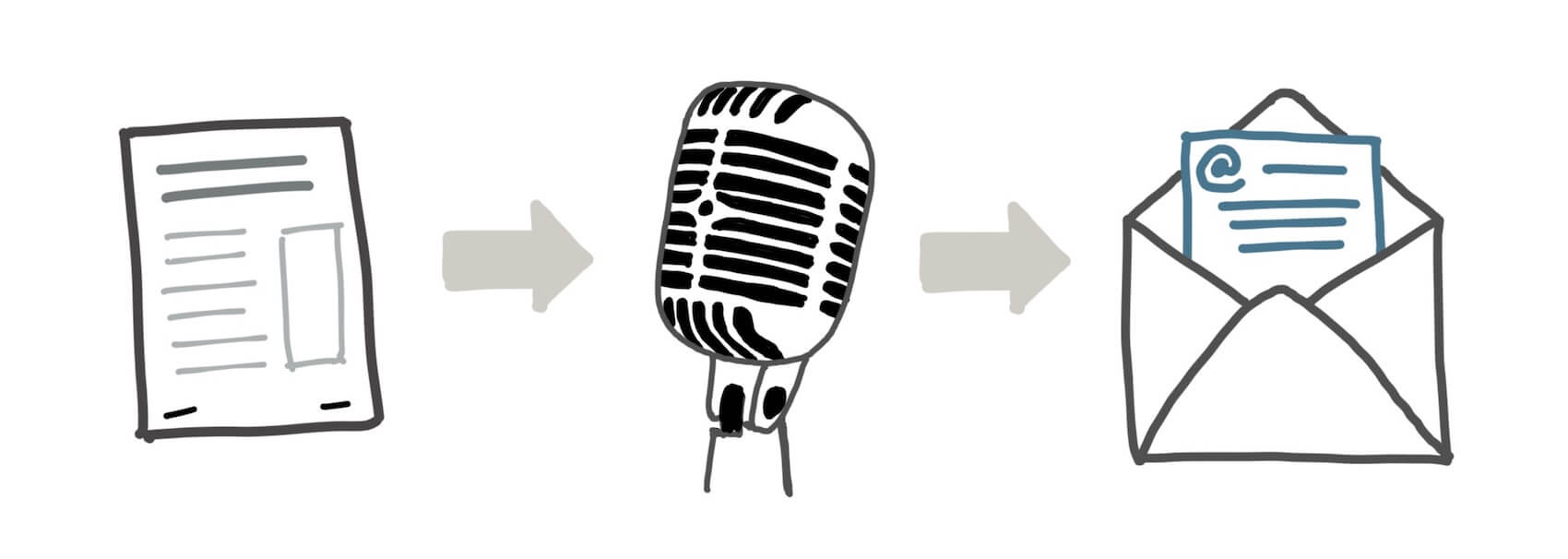I saw Patrick O’Shaughnessy share this yesterday, a cool addition to his podcast:
Ok trying something new:
— Patrick OShaughnessy (@patrick_oshag) July 12, 2020
A detailed transcript, including some images, that is also segmented by topic.
Would love feedback on what you like and what you don’t, and any ideas on what else you’d want included. Will iterate in coming weeks
Here’s link:https://t.co/oTci0lyXT9
A ton of added work, but clearly an interesting way to add value.
This sort of thing would be an excellent addendum to most podcast shows. For any episode that has detailed references to other works, I always find well-done show notes useful (thinking about EconTalk as an example). What he’s put together here for Investor Field Guide makes me think about other ways of layering different formats for anyone producing content.

Content has a “native” format, a medium it’s best suited for. If a piece of content is a podcast, or a long-form essay, or a tweet storm, to move it to another medium requires a translation step to embrace the strengths of the converted format. Depending on the subject matter, some things suited to a 3-hour conversational podcast just aren’t the same when converted into a text transcript. What Patrick has done here is a good complement to the audio conversation, a companion document that is of highest utility consumed in tandem rather than standalone. It’s partially a transcript plus sketches, images, diagrams as enrichment.
Ben Thompson went the other direction with Stratechery, creating a podcast version of the Daily Update newsletter. In his case it’s not necessarily intended to be additive, but rather an alternative way to consume the written words.
Another thing that Ben did to diversify Stratechery’s content is to create an archive of “Concepts” — essentially an evergreen, expanding knowledge base of topics he covers, outside the regular stream of analysis posts.
One downside of podcasts, specifically, is how much great stuff is locked up in archives that are hard to resurface or rediscover without effort to dredge up old episodes. If a show has an evergreen nature (isn’t topical or news), it’s worth extra effort to layer in other content formats for different audiences. Text makes the content linkable and discoverable. Images and annotation add depth to the material and create a visual component to share across other channels.
I’d love to see more content producers layering in different intertwined streams. It’s a smart strategy both from a content marketing and attention perspective (getting people’s attention regardless of their preferred medium) but also adds richness and context maximizing the strengths of different media.